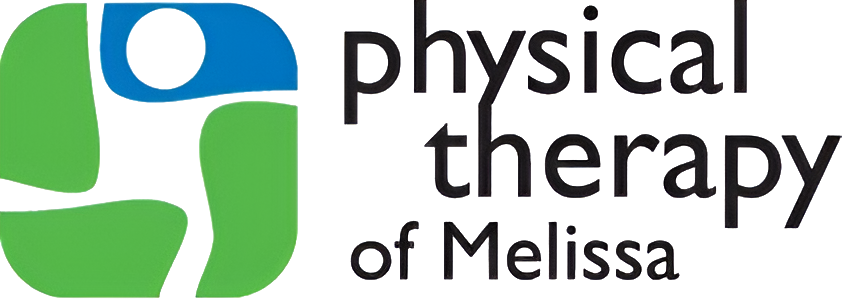
Put Down The Painkillers: A PT Can Provide You Better Pain Relief!
On average, 130 people die of an opioid overdose every day in the United States. It’s a stunning statistic that sadly impacts nearly every community in our country since Painkillers abuse and addiction affect people from all walks of life.
Many people who become addicted to opioids were first prescribed them by a medical doctor as a way to manage an acute or chronic pain condition. The problem is, that opioid medications only hide symptoms of pain—they don’t address the underlying causes, which makes opioids less cost-effective over time. They are also highly addictive and are associated with an increased risk of uncomfortable withdrawal symptoms and depression
Chronic pain is the biggest reason for people turning to opioid use for relief. It’s not the only option you have, however! We can connect you with a compassionate and highly skilled physical therapist who can help you alleviate your arthritis pain along with the other physical and mental symptoms associated with it.
3 Ways Physical Therapy Can Alleviate Your Pain without Painkillers.
Unfortunately, in addition to an opioid epidemic in this country, researchers believe there is also a chronic pain epidemic, too.
According to the Centers for Disease Control and Prevention (CDC), about 1 in 5 American adults report chronic pain caused by arthritis and other conditions. If you’re one of them, we encourage you to contact our physical therapy office today to schedule an appointment.
Medications, even painkillers, may be appropriate in certain cases. But experts believe people with many types of chronic pain, including arthritis, should try physical therapy first. Here are three ways a physical therapist can help you to feel better, and stop using pain medications as a crutch!
1. Physical therapy will help you to exercise more often to avoid painkillers.
The better off you feel, the more often you’ll be able to exercise and participate in regular physical activity that can keep you healthier! Working out daily through strength training and aerobic exercise is one of the most effective ways to improve arthritis joint pain. However, if you are always in pain, you may not feel like you’re able to safely workout. This may lead to worsening joint function and even weight gain, which makes arthritis even worse. What to do? This is where physical therapy comes in.
Working with a physical therapist can help you manage your pain so you can get back to doing the activities you know are good for your body. A physical therapist can also assist you in learning how to move more safely, such as by teaching you efficient methods to move or pacing yourself so you don’t wind up being dangerous or doing so much that you end up laying in bed for days after your workout.
By fitting you for adaptive equipment such as canes, crutches, orthotics, and braces, our physical therapists can help you problem-solve and compensate for mobility constraints. These devices can be valuable tools that make you safer and more independent as you set out on your pain-relief journey.
2. Physical therapy addresses pain at its source.
Yes, physical therapy is great for alleviating pain symptoms, but therapists can also find the source of your pain as well!
Physical therapy uses a combination of “passive” and “active” techniques to help people reduce their pain and improve their overall health and well-being. Unlike painkillers, physical therapy services can make you feel better while also correcting the underlying issues contributing to your condition.
Weak muscles or aberrant movement patterns, for example, might induce or exacerbate arthritis joint pain by increasing pressure in the affected joint. Physical therapy treatments such as therapeutic exercises and joint mobilizations can assist to alleviate these symptoms while reducing pain, and inflammation, and improving joint range of motion.
Joint mobilization techniques, including spinal manipulation, can also modulate your nervous system and trigger the release of powerful pain-relieving chemicals in your body for significant relief and whole-body healing.
Other techniques your physical therapist may offer you for your arthritic joint pain include:
- Exercises to improve balance, coordination, and strength
- Breathing exercises
- Soft tissue mobilization and massage
- Modalities like electrical stimulation, ultrasound, and diathermy
- Kinesiotaping
- Training to improve posture and ergonomic setup at work or home
3. You’ll better understand your pain.
A person’s beliefs and fears about pain strongly influence how bad their pain feels and how long it lasts. Many things like stress, temperature, movement, and even acute illnesses like the flu or common cold can also make your chronic joint pain feel worse.
Research-backed techniques such as therapeutic neuroscience education (TNE) allow a physical therapist to help you explore your beliefs about pain and understand why pain happens. Simply increasing awareness is proven to help people feel less fearful of pain and be in better control of their symptoms. This is strikingly different than simply taking a pill and hoping it’ll make your pain go away.
According to the CDC, prescription opioids are not considered the best choice for many types of non-cancer-related chronic pain, including arthritis. Nonopioid approaches like physical therapy are the preferred first line of treatment.
A great physical therapist can help you live with less pain without having to rely on pricey and potentially harmful medications, and in many cases can help you avoid surgery.
Don’t let chronic pain control your life any longer
Living with chronic pain is a challenging situation that so many of our patients — and even some of our loved ones — have to face. Trust that we are here to help you, and we genuinely care about your wellbeing. If you’d like to finally see if drug-free pain relief is possible for you, contact our physical therapy clinic today to schedule an appointment.
Sources:
- https://www.cdc.gov/injury/features/prescription-drug-overdose/index.html
- https://www.arthritis.org/health-wellness/healthy-living/physical-activity/getting-started/how-to-start-an-exercise-program
- https://www.apta.org/news/2019/04/10/cdc-reiterates-limits-of-opioid-prescribing-guideline
- https://www.choosept.com/choose-physical-therapy-over-opioids-for-pain-management-choosept
